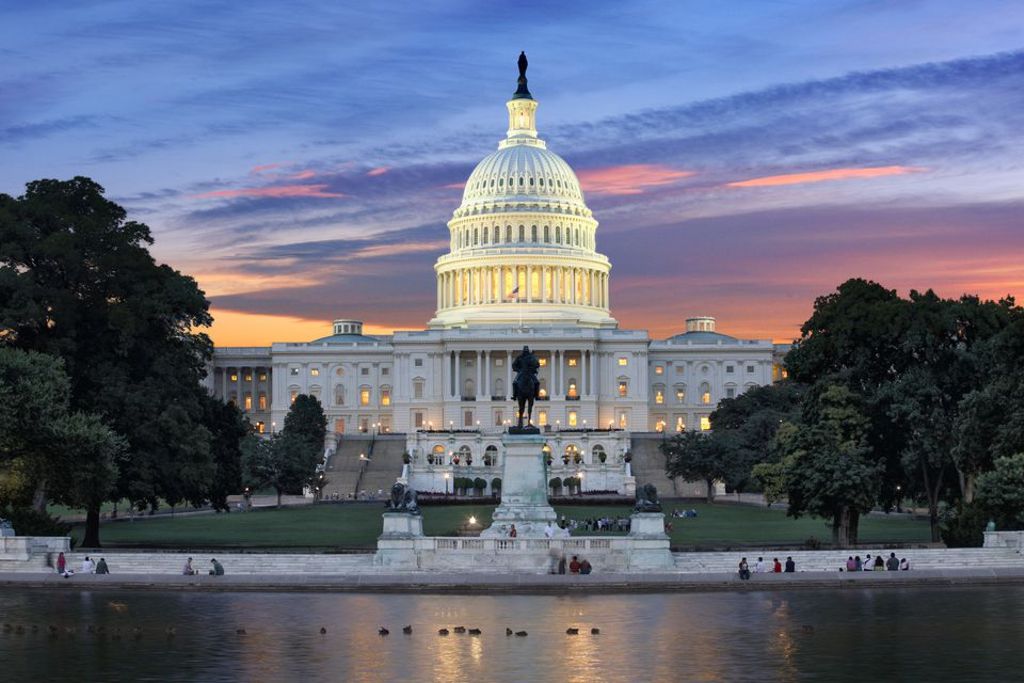Even as the foreign-born become an ever-greater portion of American’s population, Washington’s immigration policy looks increasingly confused and contradictory.
The government held the northern border with Canada tightly closed for an extended time and promptly repatriated any Cuban refugees wherever they are found back to their communist “paradise.”
In the meantime, the southern border with Mexico and by extension all Central America seems to be simultaneously open and closed but certainly very dangerous.
What the administration hopes to accomplish with this mélange is murky at best. Both the foreign- and native-born citizens and residents of this country deserve better. Two recent academic works can perhaps offer guidance on the way the country might deal coherently with newcomers, to improve their economic prospects and those of the nation as a whole.
The first of these studies, by C. Arkolkis, S.Y. Lee, and M. Peters, though produced recently, examines an experience from the more distant past: European immigration between the years 1880 and 1920. Despite the distant time used in the study, the conclusions have remarkably current applications. Two among these stand out. The first is that immigration on balance was of great economic benefit. Its sophisticated statistical analysis determines that the U.S. economy in 1920 would have been 30 to 35 percent smaller had not the waves of immigrants arrived. The authors account for this in two ways. One is the effect of a raw increase in the nation’s workforce. More workers, all else equal, makes for a greater national output. This conclusion is hardly startling. The study’s second conclusion is the more interesting. By correlating numbers of patents with each holder’s birthplace, the study determined that immigrants were considerably more innovative than the native-born. Indeed, immigrants were three times more likely to have a patent to their name than someone born in the United States.






